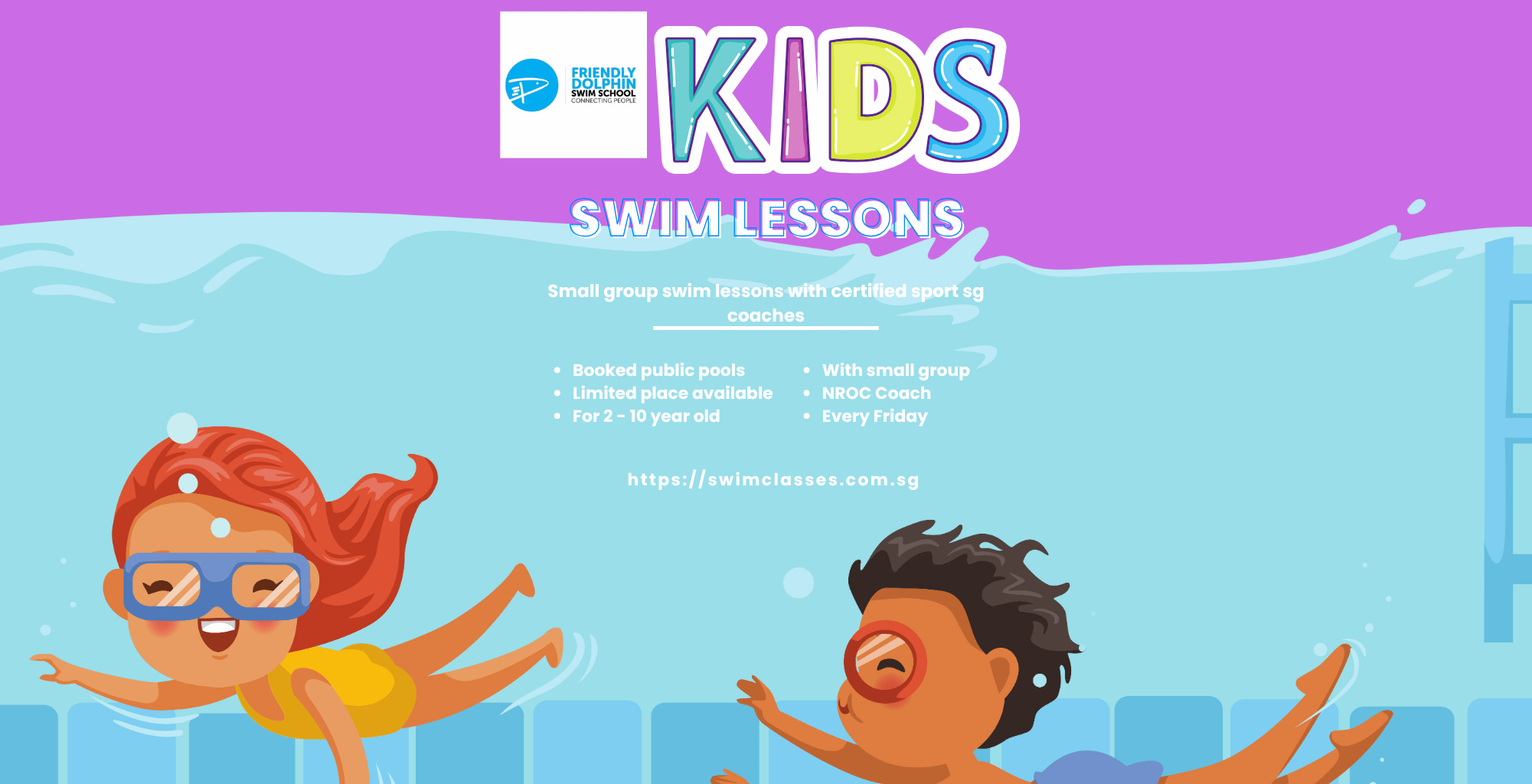
Why Teach Blowing Bubbles?
One of the most critical skills for learning to swim is blowing bubbles with your mouth. Children need to learn to control their breathing because it is an important safety skill. When swimmers know how to let go of air properly underwater, they can relax, feel confident in the pool, and eventually swim without having to work too hard. More importantly, learning to blow bubbles and control your breathing keeps water out of the nose.
Studies show that babies and toddlers who blow bubbles also learn to talk early. So there are many benefits to teaching your child to blow bubbles.
Blowing bubbles is one of the first skills we teach children during their swimming lessons because it helps with breath control. Breath control is essential for swimming! It is extremely difficult, if not impossible, to teach someone to swim without breath control.
When participating in these activities at home, please ensure a safe space. At all times, active adult supervision is recommended.
Help Your Children Blow Bubbles At Home.
These abilities are appropriate for children aged 2.5 and up.
Teaching a child to blow bubbles is a simple skill that can be learned at home during bath time. Your child will grow to love the water if you make it enjoyable for him or her. Depending on the child’s age, you can begin with the most appropriate technique.
1. Submerge an object in the bath.
This can be done while sitting in the bath or lying on their stomachs.
Light balls, floating plastic toys, and so on.
2. Make bubbles with a straw.
This can be done in the bath or with a cup of water.
Tips/Tricks – When using plastic straws, cut them down in length so that children can get closer to the water progressively – always supervise children when using straws.
3. Blow bubbles with a bubble wand.
This can be accomplished in two ways:
1. Sit in the bath and blow the water with a bubble blower wand.
2. Lie down in the bath and blow the water with a bubble blower wand.
A bubble wand is required.
4. Extinguish a candle
This is a lot of fun! Children enjoy blowing out the candles on the birthday cake.
5. Blow on their hands back.
This gives your child the sensation of air on their hand and the concept of exhaling air as they blow.
6. Blowing water
This is ideal for children who are afraid of the water. We’re teaching them how to blow bubbles to make the water move with this activity. Demonstrate to your child that it is enjoyable and safe for them to do so.
The Advantages of Learning to Blow Bubbles
It’s entertaining!
Aids in the development of confidence for the transition to face in the water.
Laying on your stomach may help you transition to the pop-up breath technique.
Aids in the development of breath control and the breathing pattern required for stroke development.
Extension
As your child gains confidence in blowing bubbles, have them kiss the water with their lips first, then dip their chin in the water until their mouth (not their nose) is covered and blow bubbles in the water. The mouth should form an O shape as if blowing out a candle.


